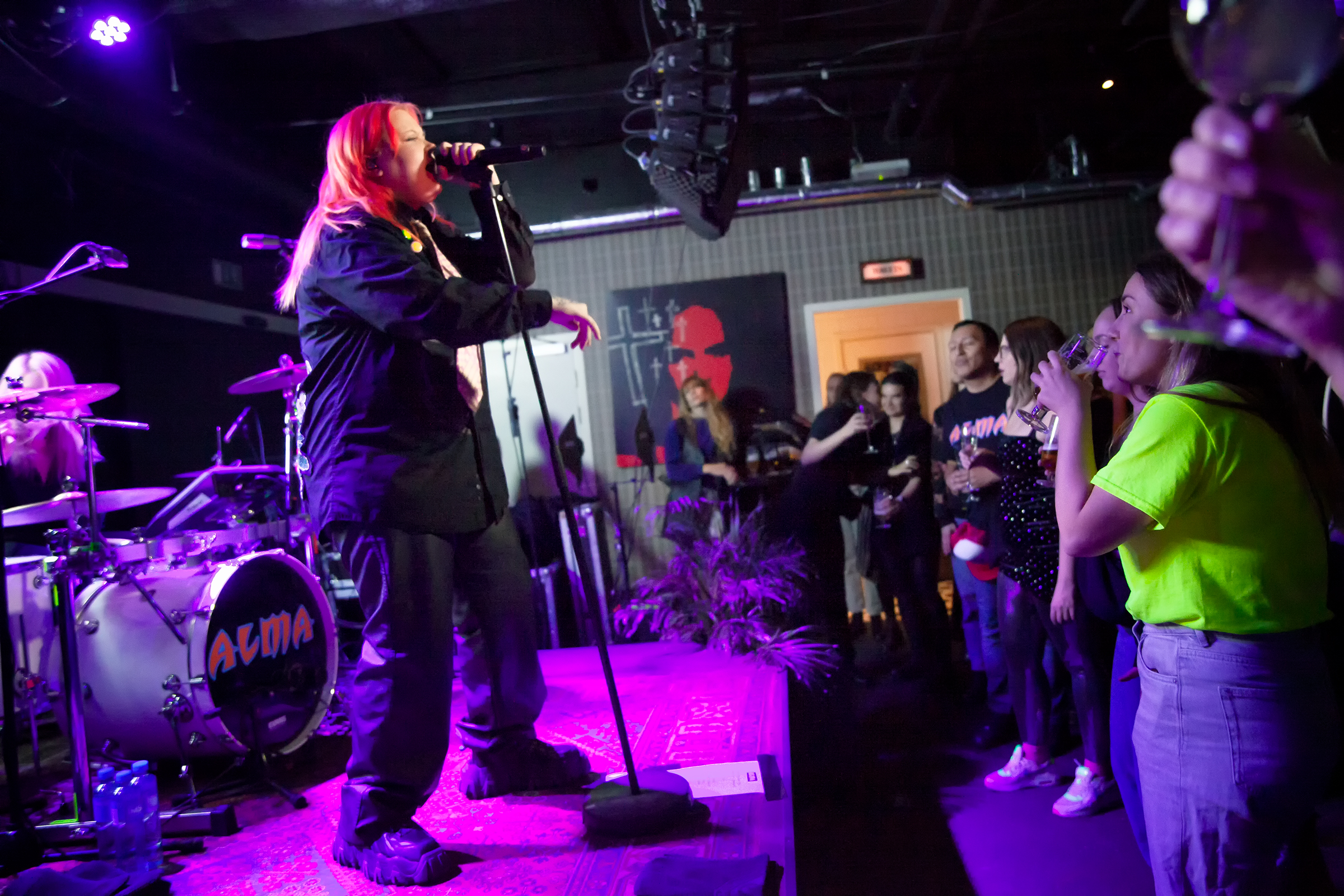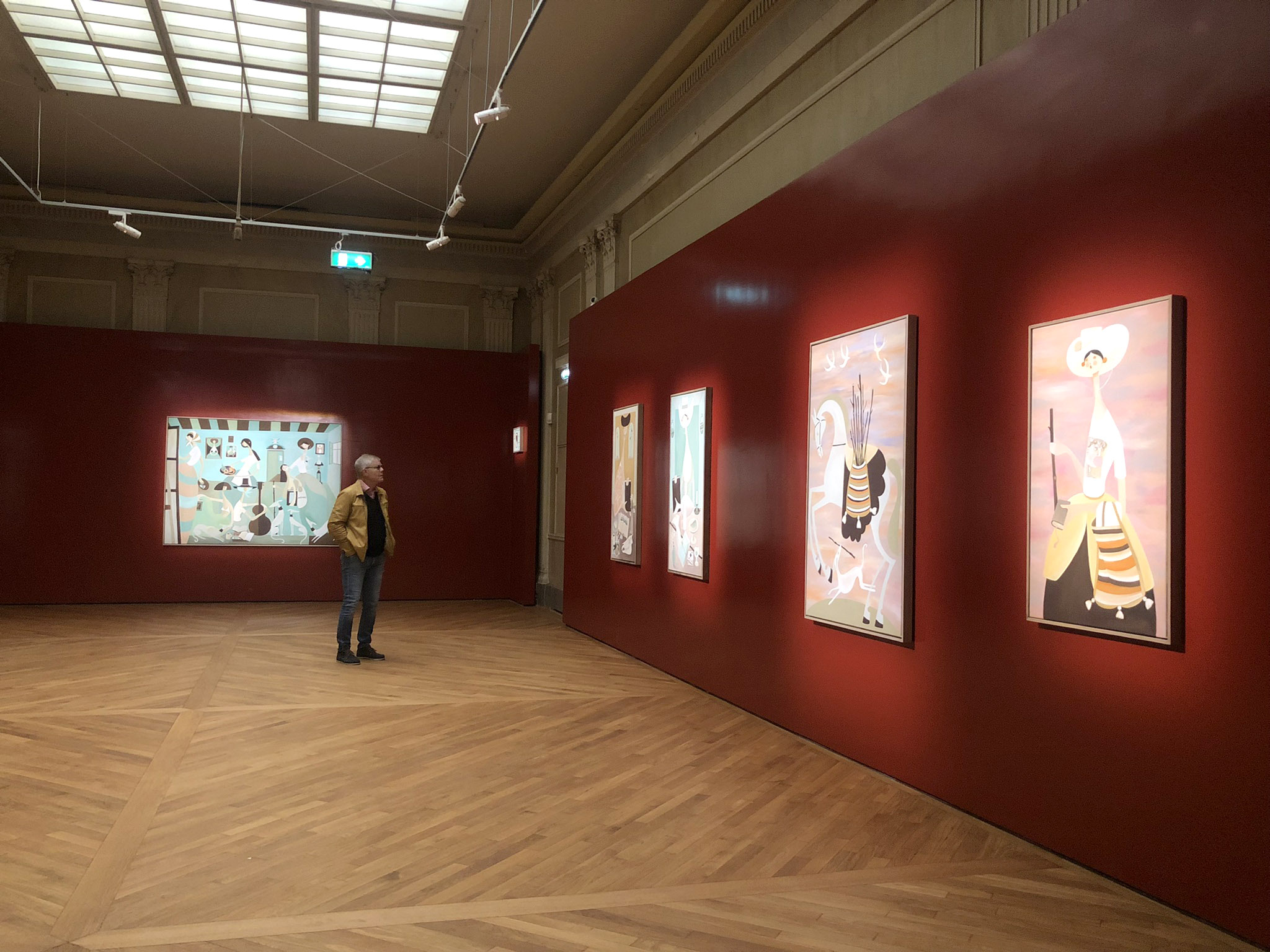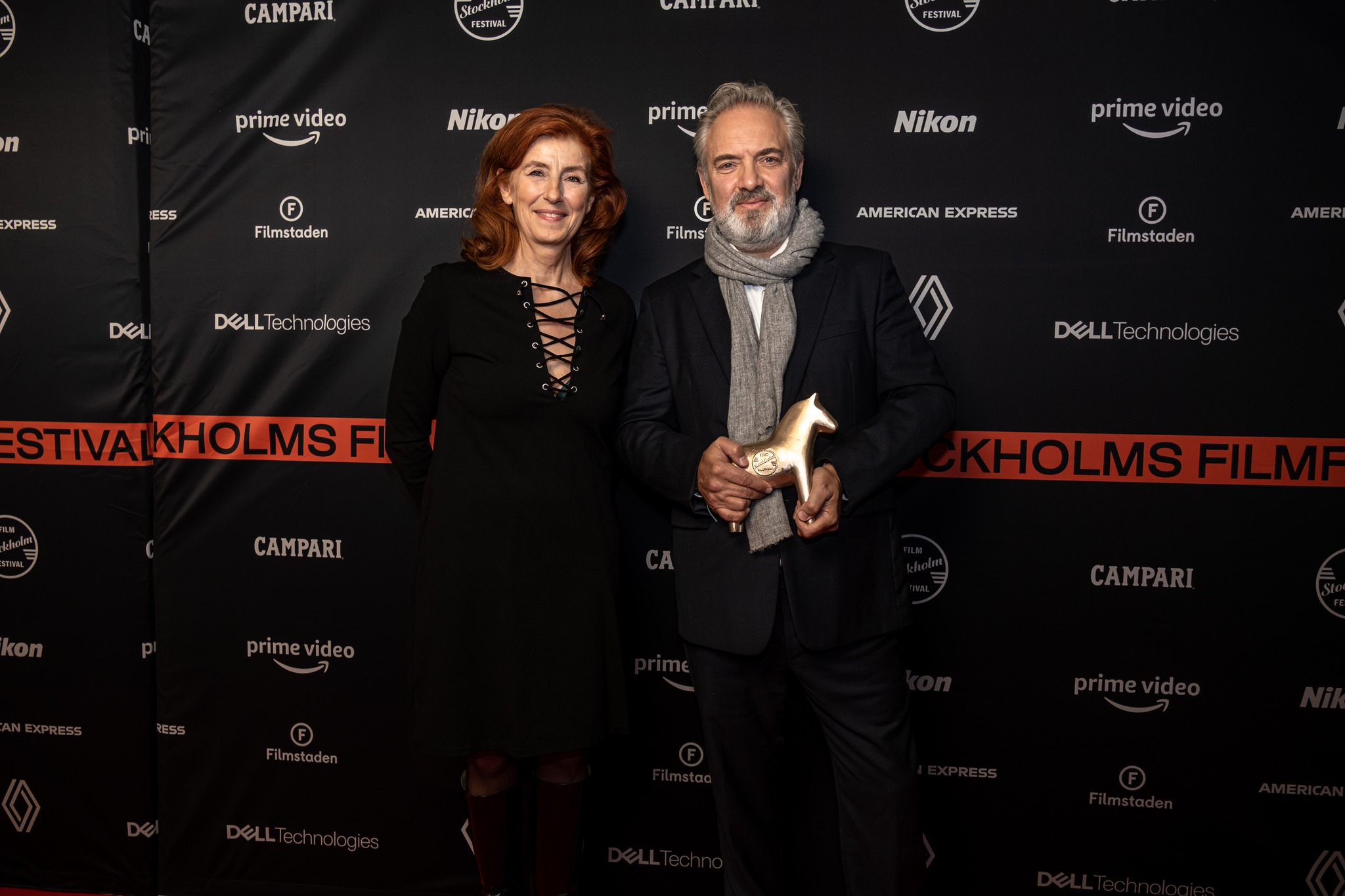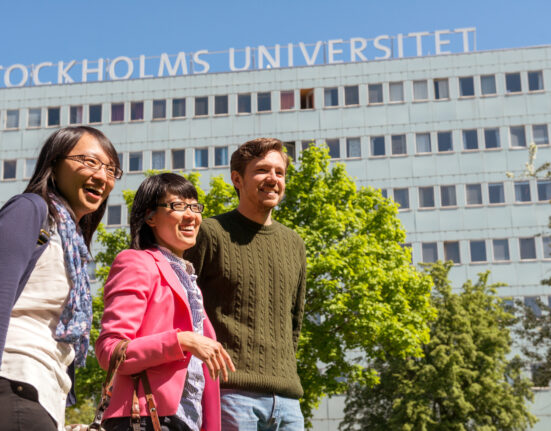More and more we are seeing a rise in alternative schools, and the meaning of ‘education’ has become relative as there is no one way to educate. The world is quickly changing and schools need to adapt so that they can prepare the student – the individual – for the future.

At the same time, some parents are becoming increasingly disappointed with public schools, and with the traditional or ‘mainstream’ way of teaching and learning. Alternative education has become a trend and is growing rapidly around the world. With the school choice system in Sweden, parents have the right to choose any school for their child, making it easy for parents to choose alternative schools. In addition, any of these alternatives are run as independent schools, which means parents do not need to pay large fees.
Most schools in Sweden are run using the Reggio Emilia approach. We shall runa full article on this type of schooling later. For now, here are some alternative education programs that are growing around the world, and are available here in Sweden.
Waldorf Education

What is it?
Developed by Rudolf Steiner in 1919, Waldorf education is a humanistic approach to pedagogy, based on a profound understanding of human development that addresses the needs of the growing child. Learning is interdisciplinary, integrating practical, artistic, and conceptual elements. The approach emphasizes the role of the imagination in learning. Another important concept is the threefold nature of the human being in which body, soul and spirit are taken into consideration.
In Waldorf education, the idea is to engage the feelings of the child through art, music and rhythm. There are over 900 schools around the world.
Goals
Waldorf teachers strive to transform education into an art that educates the whole child—the heart and the hands, as well as the head. One of the goals is to provide young people the basis on which to develop into free, morally responsible, and integrated individuals, and to help every child fulfil his or her unique destiny.
The central focus for the Waldorf teacher is the development of that essence in every person that is independent of external appearance, by instilling in his/her pupils an understanding of and appreciation for their background and place in the world, not only as members of any specific nation, ethnic group or race, but as members of humanity and world citizens.
Structure and Curriculum
The Waldorf curriculum is broad and comprehensive, structured to respond to the three developmental phases of childhood: from birth to approximately 6 or 7 years, from 7 to 14 years and from 14 to 18 years. Teachers are to provide meaningful support for the child to comprehend these phases fully and to bring “age appropriate” content to the children that nourishes healthy growth. Schools and teachers are given considerable freedom to define curricula within collegial structures.
There are Waldorf schools all over Sweden. For a full list of schools, click here.

In the news
- On October 31st 2012, the School Inspectorate announced that the request to start an inner city school with a Waldorf approach has been approved.
- A 2007 study in Sweden comparing Waldorf and state schools reported that Waldorf pupils were more likely to have a positive learning attitude, less likely to have passing tests as the goal of their learning, and had a “more in-depth study style” in higher education. They also showed more tolerant attitudes to minority groups and less tolerance of racist ideologies, were more involved with social and moral questions and were more likely to believe in the social efficacy of love, solidarity, and civil courage as opposed to legislation or police control. Waldorf students also tended to wait longer before attending university.
- A 2012 study of Waldorf pupils in Germany concluded that, in comparison to state school pupils, Waldorf students are significantly more enthusiastic about learning, report having more fun and being less bored in school, more often feel individually met, and learn more from school about their personal academic strengths.
- Despite the fact that Waldorf students are less exposed to standardized testing, U.S. Waldorf students’ SAT scores have usually come above the national average.
Montessori Education
What is it?
 Montessori education, developed by Maria Montessori, is practised in around 20,000 schools worldwide, serving children from birth to 18 years old.
Montessori education, developed by Maria Montessori, is practised in around 20,000 schools worldwide, serving children from birth to 18 years old.
Montessori education is characterized by an emphasis on independence, freedom within limits, and respect for a child’s natural psychological development, as well as technological advancements in society.
The Montessori classroom, sometimes called the ‘children’s community’, is a carefully prepared environment designed to facilitate the development of the children’s independence and sense of personal empowerment. In this environment, children move freely within it, selecting work that captures their interest. Every small child is responsible for their own environment. When they are hungry, they prepare their own snacks and drinks, they go to the bathroom without assistance, and when they make a mess, they help each other clean it up.
Children are encouraged to learn and experience on their own. The teacher’s role in Montessori education is not primarily to impart knowledge – rather to observe the children and pay attention to each child’s needs and provide the stimulus that corresponds to each child’s maturity and interest.
The Montessori Method goes from the concrete to the abstract, which means that many concrete materials are used during the early school years. The goal is for students to be able to think abstractly.
Goals
The main purpose of a Montessori school is to provide carefully planned, stimulating environment which will help the child develop a foundation for creative learning.
More specific goals are 1) to develop a positive attitude toward school; 2) to help each child develop self confidence; 3) Assisting each child in building a habit of concentration; 4) fostering an abiding curiosity; 5) developing habits of initiative and persistence; and 6) fostering inner security and sense of order in the child.
Curriculum
Known as the ‘Cosmic Curriculum’, the Montessori approach is interdisciplinary, as subjects are woven together. The children make connections between the subject areas spontaneously.
During the early years, the curriculum introduces the children to phonetic sounds, and continues with spontaneous reading and grammar activities.
One of the most important tools in Montessori education is working with specialized educational materials, which are selected for each group. Students learn concepts from working with these materials, rather than by direct instruction

Characteristics of a Montessori School:
- Mixed aged classes
- Highly individualized
- Students have their own plan that will guide them in their independent work
- Freedom with responsibility
- An environment without traditional school desks
- Homework uncommon below elementary level
- Critical thinking encouraged
- Many activities contribute towards resolution of conflict
For a list of Montessori schools in Sweden, visit:
http://www.montessoriforbundet.se/
***Interesting Fact***
Larry Page and Sergey Brin, founders of the search engine Google.com credit their years as Montessori students as a major factor behind their success.
Kunskapsskolan (Knowledge School)
 Kunskapsskolan is one the largest chains of independent or “free” schools in Sweden, serving primary and secondary students. The main characteristic of Kunskapsskolan is ‘personalized learning.’
Kunskapsskolan is one the largest chains of independent or “free” schools in Sweden, serving primary and secondary students. The main characteristic of Kunskapsskolan is ‘personalized learning.’
The classes are small and students have a personal tutor for support and inspiration. Students are assessed and challenged, yet each student’s needs and abilities are considered to be important in shaping the work they are given. Kunskapssolan provides personalized education, and unlike other educational settings, students develop a close contact with their teachers.
Teachers at Kunskapsskolan assume and adapt to the student’s goals, aspirations and circumstances. Each student has one of the school teachers as his personal tutor. When the student starts at the school, students, parents and tutors put together the goals for the results they aim for for the 9th grade. They are then broken down into term and weekly targets which are monitored in personal coaching calls every week.
Each student has his own weekly planning – a personal schedule – based on what needs to be done to achieve the goals. Students have the option to read at a faster pace, to choose between different levels of difficulty and to put more time in the schedule for topics they find difficult.
The main outcome is for all students to learn and achieve high academic performance, yet not to do it the same way and at the same rate as everyone else.
For more information, visit: http://www.kunskapsskolan.se
Home Schooling

Although it is not completely illegal (as there are exceptions), it is very difficult to get approval for home schooling. Sweden approved a law in 2010 that restricts home schooling even further, which has led over a dozen families to flee Sweden. The restriction on homeschooling has been protested by many, arguing that it goes against human rights.
Parents have the opportunity to visit schools by appointment or during open houses where they can get a better feel for the school. Take the opportunity to research further the different choices you have, and think about your child’s needs and abilities: Which approach and environment would be best for your child? Everyone has an opinion or experience of one or another approach, but the important thing to note is that there is no ONE best approach, just one that works best for YOU!
Sources:
http://www.whywaldorfworks.org
http://www.montessoriconnections.com
Article by Sarit Grinberg











1 Comment